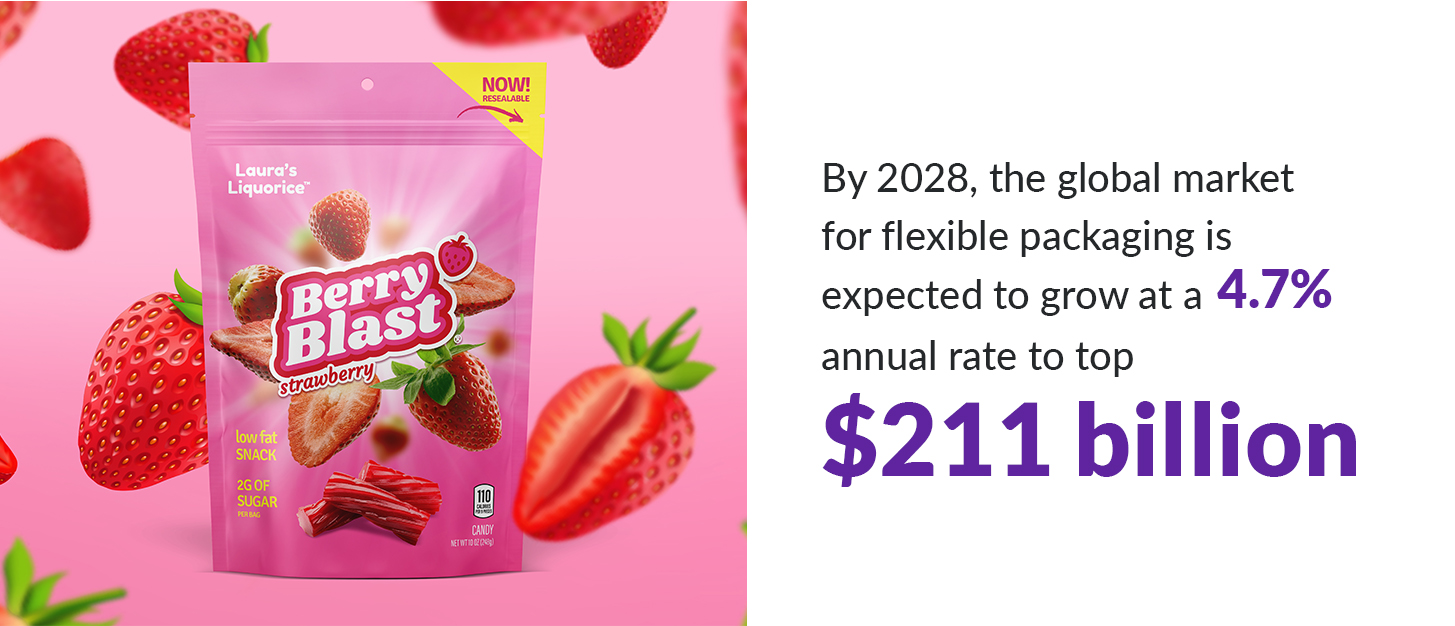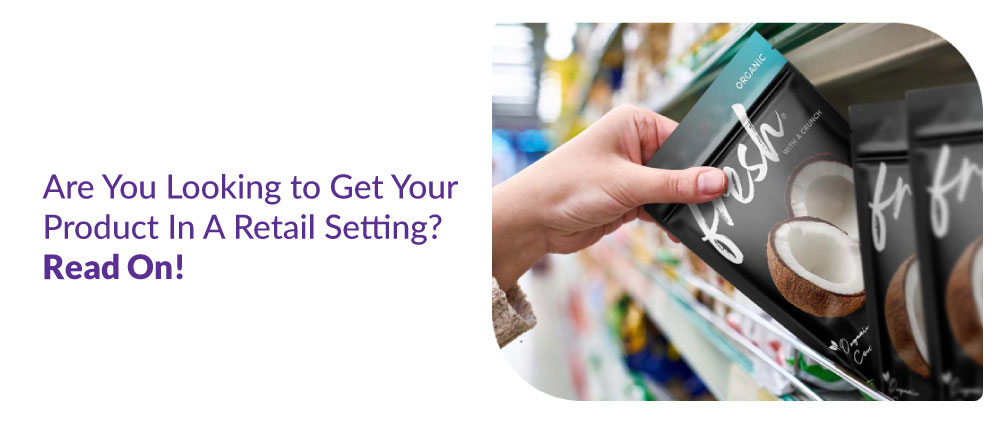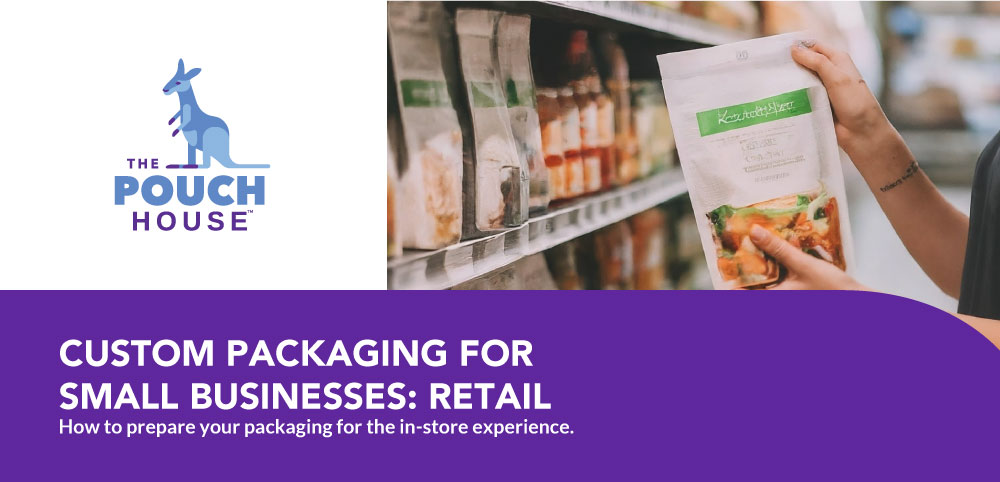Today's retail landscape is competitive, and small businesses face a number of challenges when trying to get their products into retail stores.
According to a study by the National Retail Federation these challenges include:
-
High cost of entry: The cost of getting a product into a retail store can be high, especially for small businesses. This includes the cost of marketing and sales materials, as well as the cost of shipping and handling.
-
Long sales cycle: The sales cycle for retail can be long, and it can take months or even years for a small business to see a return on their investment.
-
Uncertainty of placement: Once a product is accepted into a retail store, there is no guarantee that it will be placed in a high-traffic area or that it will be promoted effectively.
-
Difficult return policies: Retail stores often have strict return policies, which can make it difficult for small businesses to recoup their investment if a product does not sell well.
-
Lack of support: Small businesses often lack the resources and expertise to navigate the retail landscape. This can make it difficult to get their products into the right stores, get them placed in a good location, and get them promoted effectively.
Although entering the retail market can be risky, it is possible to make a profit if you are strategic about your spending. One of the most important aspects of entering the retail market is controlling your costs, and this includes the cost of packaging.
Custom printed packaging is one of the many factors that small businesses need to consider when entering the retail market, as it plays a pivotal role in making a product stand out on the shelves and attracting potential customers.
Yet once you start unpacking (pun intended) all of the custom packaging options out there, it feels a little more daunting, right? No worries! We’ve got some helpful tips and information as you explore custom packaging for small businesses, specifically retail stores.
Packaging for retail revolves a lot around design. We’re not just talking about the fantastic artwork that gets your product seen, although that’s also extremely important. We’re talking about the structural design of the packaging itself and whether it’s suitable for your product.
Take food packaging design, for example. Food packaging is one of the most sought-after types of packaging on the market, and small businesses are looking to the experts to make sure several important boxes are checked.
Food packaging is designed to be food-safe, prevent contamination, tamper evident, easy to open, and, last but not least, be eye-catching. *Be sure to order samples so you get to see and feel every option.
DID YOU KNOW?

Do You Have A Small Business Or A Startup?: 6 Things You Should Remember
If you're a startup or an emerging brand, it may be your first time ordering packaging. Here are some things to keep in mind.
Form Factor
What is being packaged and what is the form factor that aligns with not only what’s in the marketplace, but what resonates with consumers.
- Barrier
- Portability
- Packing
- Unit costs
Ask yourself, do you need product boxes or cartons to accompany your product? Will you need customs sizes or can you find stock solutions?
Excellent Print Quality
Digital printing technology makes so much possible in terms of quality, detail, color, custom options, and personalization. State-of-the-art digital print means you can expect vibrant color with every order as well as excellent color consistency on all orders including reorders.
Short Runs and Quick Turnarounds
Packaging needs are somewhat unpredictable when starting a small business or going to market with a new product. You need to be able to respond to market demand, which means short runs (small quantities) and fast turnaround times are essential to poise your retail store and products for growth.
SKU Proliferation and Personalization
Many brands produce different flavors or SKUs. Additionally, there might be seasonal or geo-specific flavors.(see below) You can save time and money by standardizing the size of your packaging and producing multiple versions in a single run
Geo Specific
Geography-based distribution is key when it comes to receiving your orders promptly. It’s something to consider when choosing a packaging partner. Does your packaging printer offer customization of your art for various regions? Additionally, do they have printing facilities close to your targeted regions to guarantee prompt delivery?
Food Safety and Brand Protection
Ensuring your products are safe is priority #1! A trustworthy custom packaging provider is transparent about their product. In our case, we hold certifications in sustainability, food safety, and security. Certifications include: FSSC 22000 Certified, SQF Certified, cGMP Compliant and CFR16.1700.20 for Poison Prevention Packaging.
Look into anti counterfeiting measures such as micro text, serialization, QR codes, and invisible inks. (Just to name a few.) Check out our brand protection sheet for more info.

How To Source Custom Packaging For Small Businesses: Retail
Scalability
Small businesses can seamlessly scale up their packaging for retail by partnering with flexible packaging suppliers who offer customizable solutions.
By utilizing digital printing technology, they can quickly adapt designs to match retail requirements and branding strategies. Additionally, investing in modular packaging systems allows for easy adjustments to accommodate varying product sizes and quantities.
Leveraging just-in-time manufacturing reduces excess inventory while ensuring packaging availability when needed, enabling smooth transitions into retail settings.
Make sure your co-packer or internal manufacturing teams are planning ahead for this.
Inventory Control
A startup business can streamline their packaging procurement process by leveraging online platforms that offer customizable options. Through these platforms, entrepreneurs can easily select packaging tailored to their product dimensions and branding needs.
By maintaining a consistent inventory of packaging materials, they ensure smooth operations and avoid delays in fulfilling orders. Additionally, establishing relationships with reliable suppliers ensures timely deliveries and cost-effectiveness.
Implementing barcode or QR code systems aids in inventory tracking, enabling businesses to monitor packaging levels accurately. This proactive approach fosters efficient inventory control, enhancing overall productivity and customer satisfaction in a retail environment.
Speed to Market
Packaging is a key step in a product’s journey to reach your shelves, and it’s a shame when it takes more time than necessary. Do your research on how quickly a product can be produced, packaged, and shipped.
Today’s consumers can be unforgiving, and working with an experienced packaging company will help give you peace of mind that your product will be packaged quickly and efficiently.
Be sure to schedule your orders to avoid increased shipping costs. Stand up pouches check a lot of these boxes and are conducive with volatile supply chains.
Ease Of Manufacturing
Harmony with a co-packer is essential as your business begins to grow and your retail location is in need of more products to keep up with demand. You may eventually need to work with a co-packer to make sure your product will be packaged and ready for customers at all times.
This means the custom packaging you choose needs to be machine-compatible so your chosen co-packer can easily onboard your product. Check out “Top 5 Questions to Ask When Looking for a Co-Packer” for more great information on this topic.
We haven’t even mentioned the best part yet! We have experts on custom packaging for small businesses ready and waiting to talk with you. They’ll help you find the right options for your business and product. Reach out for a consultation today.

Leave your comment